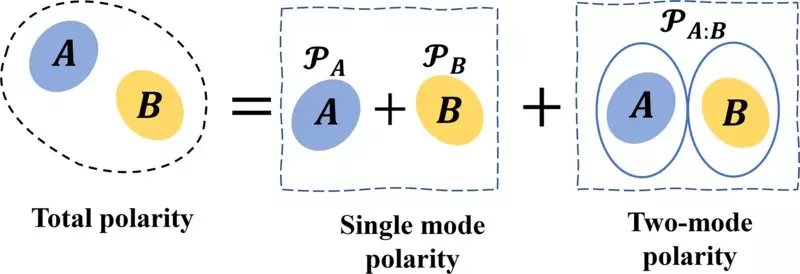Quantum mechanics operates within a framework that defies classical intuition, predominantly due to foundational principles like superposition and entanglement. These properties are not only fundamental to quantum theory but also serve as the backbone for various quantum information technologies, including quantum computing and communication systems. Superposition enables a quantum system—such as a particle—to exist in multiple states at once, while entanglement creates a unique connection between particles, ensuring that the state of one is intrinsically linked to the state of another, regardless of the distance separating them. This intertwining relationship serves as a cornerstone for advancements in quantum technology, allowing for calculations and operations that would be intractable for classical systems.
Recent research efforts led by a team including Wenchao Ge from the University of Rhode Island and his colleagues from Texas A&M University have been pivotal in elucidating the quantitative relationship between superposition and entanglement. Their research proposes a novel mathematical framework that seeks to unify these two properties into a single measure termed “classical-nonclassical polarity.” This advancement is significant because it establishes a foundational basis for quantifying quantum resources, enabling researchers and engineers to better understand how to manipulate these elementary aspects of quantum systems. Their findings, published in the journal Physical Review Letters, promise to reshape the landscape of quantum information processing by highlighting the interchangeability of superposition and entanglement.
The implications of being able to quantify superposition and entanglement are profound. When one quantum resource becomes challenging to harness, having the ability to transform it into another becomes incredibly valuable. For instance, if a system exhibiting prime entanglement is difficult to realize in practice, having a mathematical framework to convert superposition into entanglement—or vice versa—opens new avenues. Moreover, this perspective encourages a more resource-efficient approach to quantum mechanics, ultimately allowing for more versatile applications across quantum computing, communication, and sensing.
The Role of Gaussian States in Quantum Experiments
The researchers’ focus on Gaussian states—a category predominantly utilized in quantum experiments due to their computational convenience—approaches a large swath of quantum states critical for current and emerging technologies. By analyzing one-particle systems and extending this analysis to incorporate multiple particles, the research team provides significant insights into the internal workings of entanglement and superposition within this specific framework. Previous studies had constrained their explorations to minimal configurations (two or three particle modes), but the introduction of a unified measure represents a leap forward, laying the groundwork for examining higher-dimensional systems.
A New Frontier for Quantum Research
The implications of this study extend beyond merely establishing a quantitative relationship. It prompts further inquiry into quantum properties and encourages a reevaluation of existing theories that govern quantum mechanics. Ge’s work not only stimulates academic curiosity about Gaussian states but also raises questions about exploring non-Gaussian states. Such investigations could redefine our understanding and manipulation of quantum properties, enabling the development of new quantum protocols and technologies.
As researchers like Ge and his colleagues embark on the next phases of this inquiry, the potential to probe four or more dimensions of quantum states presents an exciting frontier. A conjecture postulated by the researchers suggests that the quantitative relationship may extend beyond Gaussian parameters, which would facilitate the exploration of increasingly complex quantum states. The overarching goal remains the same: to demystify the essential principles of quantum mechanics and leverage them in practical applications that could redefine technological standards.
The exploration of superposition and entanglement is not just a theoretical exercise but a crucial endeavor that could significantly advance the frontiers of quantum technology. The research team’s ability to forge a quantitative relationship between these properties marks a novel step toward unlocking the full potential of quantum information processing, promising a future where complex quantum systems become more accessible for practical applications.


Leave a Reply